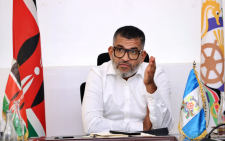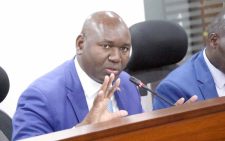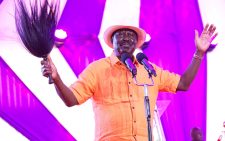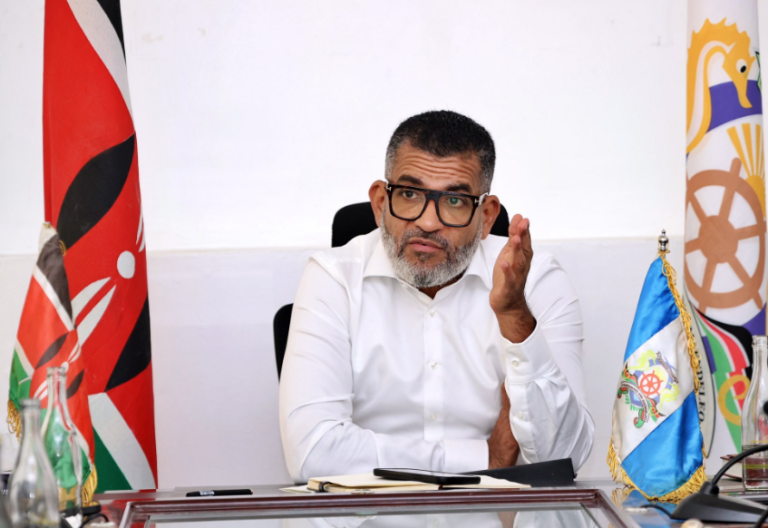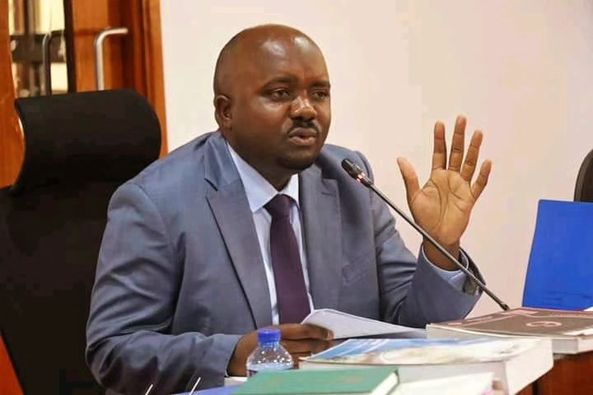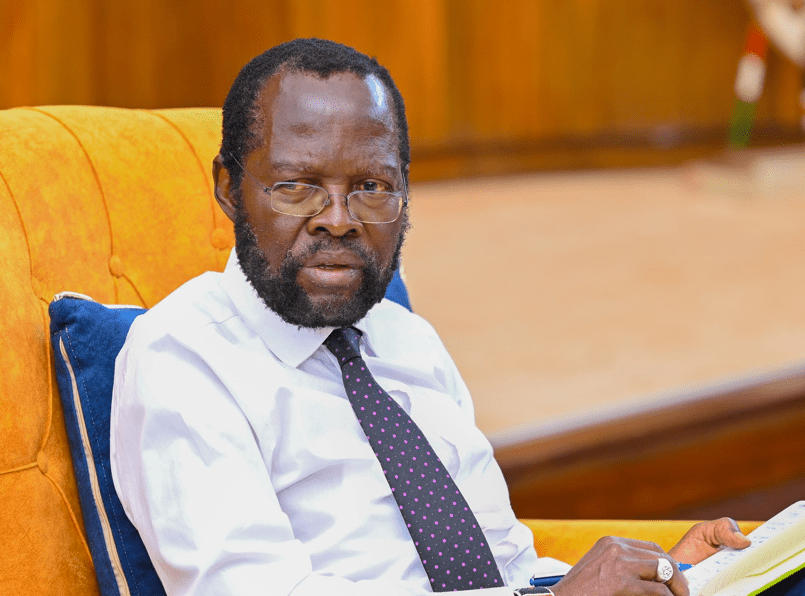Fast and more Furious Edition of Safari Rally awaits Kenyans in Naivasha
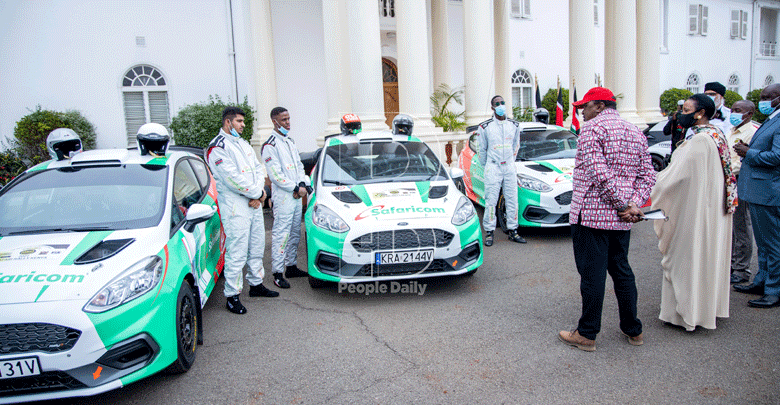
By Muthoni Ngunjiri
After a year ravaged by COVID-19 pandemic, Kenyans are dizzy with the news of the return of legendary Safari Rally sport.
It has been 19 long years since the Safari Rally was held as a global event, but thanks to President Uhuru Kenyatta this long wait is coming to an end this June as the motor race comes back roaring with a new look. Fast and more furious
Easter holidays in Kenya always meant the Safari Rally, regarded as the toughest motor event in the world. Millions of Kenyans turned out along the 5,500-kilometer route to watch this classic race. It lasted five days, ending on Easter Monday, and covered huge areas of the country — from the chills, hills, and possibly spills of the Mt. Kenya highlands to the hot Indian Ocean coast and way up to the arid deserts of the north.
The Safari Rally began in 1953, when 57 local drivers, in ordinary cars, struggled round Kenya, Uganda and Tanganyika (then still under British rule). Originally known as the East African Coronation Safari, it was a delightfully amateur event: no winner was declared, no service crews were allowed, and repairs had to be done by the participants themselves (although it was permitted to use a dealer workshop en route).
For years, famous drivers from Europe never won. The local drivers stayed ahead. The myth was broken in 1972, however, when Hannu Mikkola of Finland and Gunnar Palm of Sweden won. Ove Andersson of Sweden became the second driver from Europe to win, in 1975. Bjorn Waldegaard won in 1977 and Jean-Pierre Nicolas in 1978.
Racing in the 2021 WRC Safari Rally scheduled for June 24-27 in Kenya will be a dream come true for Swedish-Norwegian teenager driver Oliver Solberg.
The 19-year-old was not yet born when his father Petter Solberg debuted at the event in 1999 in a Ford Focus. Then aged 24 and one of the youngest in Ford’s team at the time, the elder Solberg finished a credible fifth.
Naivasha, the host of the sporting event is already lively with all kinds of preparations with the hospitality sector expected to reap from arrivals of both local and international participants for the 4-day long event.
The event will be televised to the largest audience of all international sporting events after the Olympics. Over 850 million viewers are expected to follow the event in its 14 rounds with a total of 13,452 broadcast hours projected through the event.
This will in a positive way put Kenya back on world map as tourist destination.
On September 27, 2019, the Safari Rally was included onto the WRC calendar and was scheduled to run on the 16th and 19th of July in 2020 but did not take place because of the COVID-19 pandemic that brought all sporting activities to a halt.
But the battle to win is still formidable, a searching test of cars and drivers over some of the worst roads in the world.
Kenya is also hoping to plant 18 million trees across the Safari Rally route to celebrate the year’s the event has been out of the FIA series.
In all, 58 drivers have been confirmed for the event, 24 of them foreigners with the most prominent being Frenchman Sébastien Ogier who has claimed seven WRC titles in the last eight seasons.
Other notable foreign names in the rally are 2019 WRC champion Ott Tanak, Dani Sordo, Thierry Neuville and Pierre-Louis Loubet.
Rally Navigator Wayne Fernandes reckons that the safari holds iconic status across the world and the region.
“Watching world rally drivers on live TV is a great milestone for Kenya in the sense that it will continue to market the country as a tourist destination.The water mass in Naivasha and the picturesque landscape will sell Kenya like never before,” Fernandes said.
As we wait to see exactly how teams will adapt modern-day rally cars to the fine “fesh-fesh” dust, big ruts and impressive splashes that were so entertaining in previous years, we hail President Uhuru for the effort to bring back smiles on our long and tired faces.
Once you’ve raced, you never forget it…and you never get over it.
Ms Ngunjiri is an economist and political analyst.
mumbi403@gmail.com


